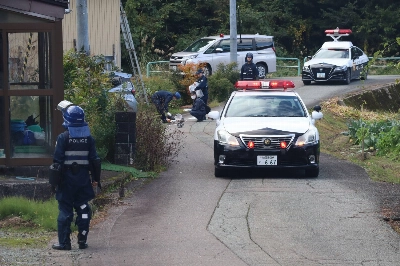The Democratic Party of Japan's election manifesto calls for a complete review of large public works projects that fail to respond to the needs of the day, specifically calling for a halt to construction of Kawabe Dam in Kumamoto Prefecture and Yanba Dam in Nagano Prefecture.
A year ago the Kumamoto governor called on the government to cancel the Kawabe project. After the DJP won in the Aug. 30 Lower House election, the land and infrastructure ministry postponed a public tender to select a contractor for Yanba Dam construction, which was scheduled to start in October.
Building a dam in the Tone River system was envisaged after Typhoon Kathleen in September 1947 destroyed river embankments and caused more than 1,000 deaths. The first study for Yanba Dam was carried out in 1952. Completion of construction was originally set for 2000, but has now been moved back to 2015. The total cost has more than doubled from the original estimate to ¥460 billion. Of the more than ¥320 billion already spent, Tokyo and five other prefectures have paid ¥146 billion.

















With your current subscription plan you can comment on stories. However, before writing your first comment, please create a display name in the Profile section of your subscriber account page.